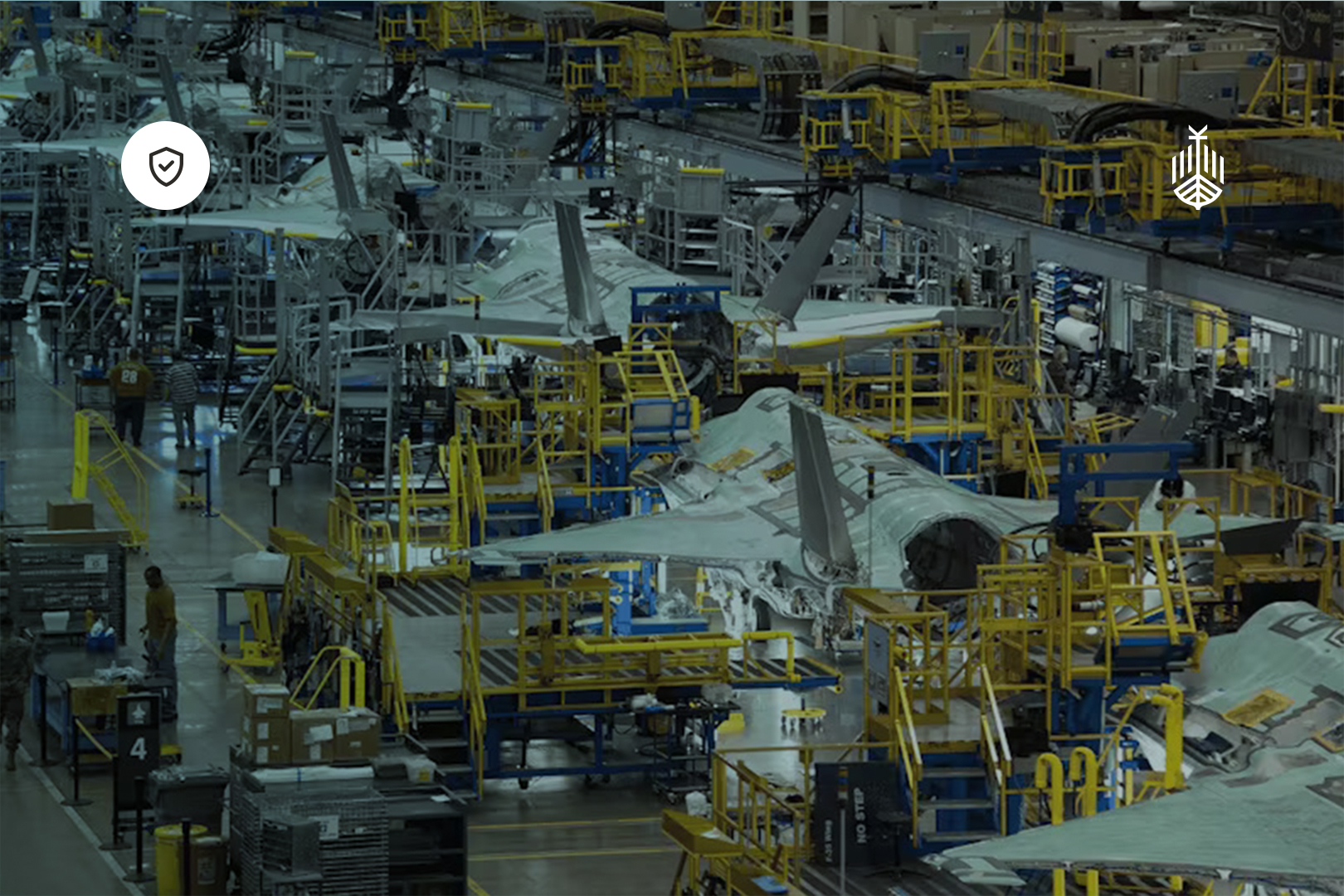In the evolving landscape of defence, a wave of innovation is ushering new opportunity. Emerging startups from Silicon Valley are bringing innovation, agility, and fresh ideas to complement the expertise of established defence primes. Companies like Anduril, Helsing, and Palantir are reshaping the battlefield, ensuring the industry remains dynamic and forward looking. By embracing these new dynamics the defence sector can continue to advance and meet the challenges of the modern world.
The Rise of the Disruptors
Founded by Palmer Luckey, Anduril is deploying everything from drones to autonomous submarines, all stitched together with bleeding-edge software. Their success in securing major contracts has proved the compatibility of Silicon Valley’s fail-fast approach in the world of traditional military procurement. Emerging primes are changing the dynamic by bringing speed, cost efficiency, and innovation to the table.
The MoD's Response
The UK's Ministry of Defence (MoD) Integrated Procurement Model is a manifesto for rapid, agile development, emphasising a joined-up approach, new checks, and balances, prioritising exportability, empowering industrial innovation, and adopting spiral development. Essentially, it’s a call to arms for the defence industry to deliver results at Silicon Valley speeds.
The ongoing use of drones in modern conflict highlights the importance of cost-effective military solutions. In various scenarios, inexpensive drones have caused significant damage to well-equipped adversaries, demonstrating their effectiveness. Additionally, the high expenditures incurred to intercept drones — where the cost to defend greatly exceeds the cost to attack — underscore the necessity for smarter, more economical defence strategies.
Strategies for Legacy Primes
For established defence primes, adapting to these new dynamics is crucial. Here’s how they can do it:
- Collaborate to Innovate
Legacy primes could benefit from forming strategic alliances with startups. By combining the deep resources and experience of established players with the fresh ideas and speed of the new entrants can create powerful synergies.
- Embrace Agile Development
The traditional multi-year, multi-billion-dollar development cycles are evolving. Adopting agile methodologies, which emphasise iterative development and rapid prototyping, aligns with the MoD’s focus on spiral development — delivering functional capabilities quickly and iterating based on real-world feedback.
- Focus on Exportability
Designing products with global markets in mind from the outset can meet the MoD’s call for export-ready. This strategy not only increases sales but also creates resilient supply chains and strengthens alliances. Established primes have the scale to reach these markets.
- Invest in R&D
With startups investing heavily into R&D, legacy primes may need to increase their efforts into this area. Increasing investment in cutting-edge technologies such as AI, robotics, cybersecurity — areas where emerging primes are leading can secure future success.
- Leverage Big Data and AI
Companies like Palantir are showing how big data and AI can revolutionise defence operations. By incorporating these capabilities into existing platforms, legacy primes can enhance decision-making, streamline logistics, and improve overall effectiveness. Mastering data will be crucial in future defence strategies.
Overcoming the Challenges
This transformation won’t be easy. Cultural shifts, integration complexities, and meeting rigorous defence standards are significant hurdles. But these challenges aren’t insurmountable. By fostering a culture of openness and collaboration, established primes can navigate these changes successfully.
The MoD’s Integrated Procurement Model supports this by promoting a defence-wide portfolio approach and early engagement with industry partners. This framework is designed to break down silos and foster transparency, creating an environment where innovation can thrive.
The Future of Defence Innovation
The future of defence is about blending the old with the new. It’s about established primes leveraging their scale and expertise, while integrating the disruptive innovations brought by emerging primes. The emphasis on software-driven solutions, as seen in Anduril’s Lattice platform, illustrates how these integrations can enhance operational effectiveness through AI and real-time data.
Moreover, the commitment to spiral development — delivering minimum deployable capabilities quickly and iterating based on feedback — ensures that defence capabilities remain relevant and adaptable to emerging threats. This iterative, feedback-driven approach is something traditional defence contractors must adopt to stay competitive.
A Collaborative Ecosystem
Success in this new era requires a collaborative ecosystem where established primes and emerging companies work together. Established primes can act as integrators, leveraging their extensive resources and industry knowledge to scale innovative solutions rapidly. By fostering partnerships, providing mentorship, and facilitating access to networks, they can help emerging primes navigate regulatory environments and scale their innovations effectively.
Imagine a world where BAE Systems collaborates with Anduril to integrate AI-driven analytics into advanced defence platforms, or where Boeing works with Palantir to enhance situational awareness through big data analytics. These partnerships can create robust, adaptable defence solutions that address the complex needs of modern warfare.
Conclusion
The defence industry is at a crossroads. The rise of emerging primes, backed by Silicon Valley venture capitalists, is transforming the landscape. These companies bring innovation, speed, and cost-effectiveness to a market traditionally dominated by a few large players. The MoD's Integrated Procurement Model aligns with the operational philosophies of these new entrants, emphasizing rapid development, collaboration, and continuous improvement.
As the defence landscape evolves, the integration of emerging primes' innovative technologies with the established capabilities of traditional defence contractors will be crucial. This collaboration will ensure that the UK and its allies maintain a strategic advantage in an increasingly complex and volatile global environment.
Established defence primes, with their vast resources and deep industry knowledge, are well-positioned to lead this transformation. By adopting agile development practices, investing in R&D, and fostering strategic partnerships with emerging primes, they can continue to deliver cutting-edge solutions that meet the evolving needs of modern warfare. The future of defence innovation depends on the successful integration of these diverse capabilities, ensuring a robust and adaptive defence industry that can protect and secure nations in an ever-changing world.
Featured image copyright reserved © Anduril Industries














